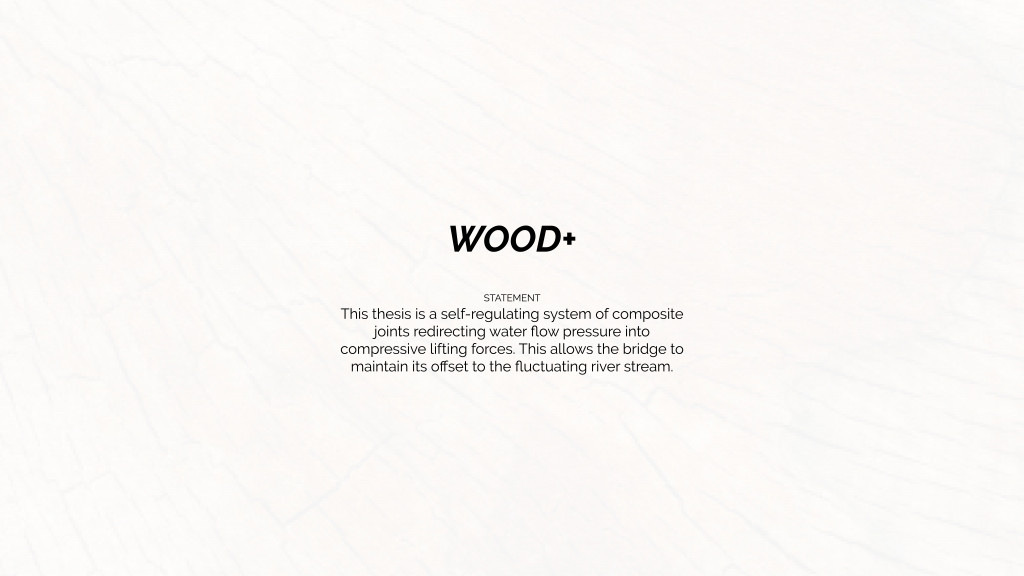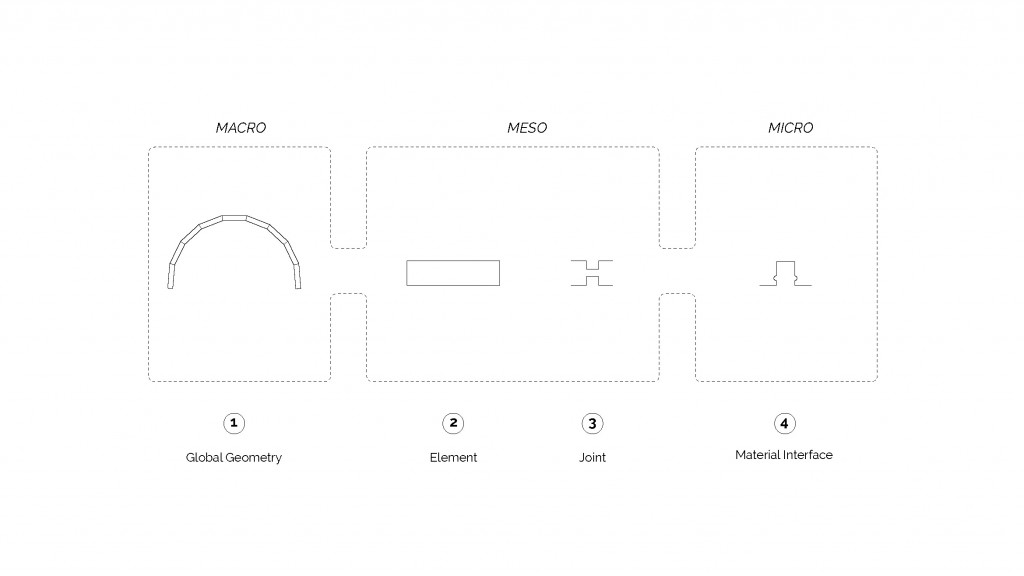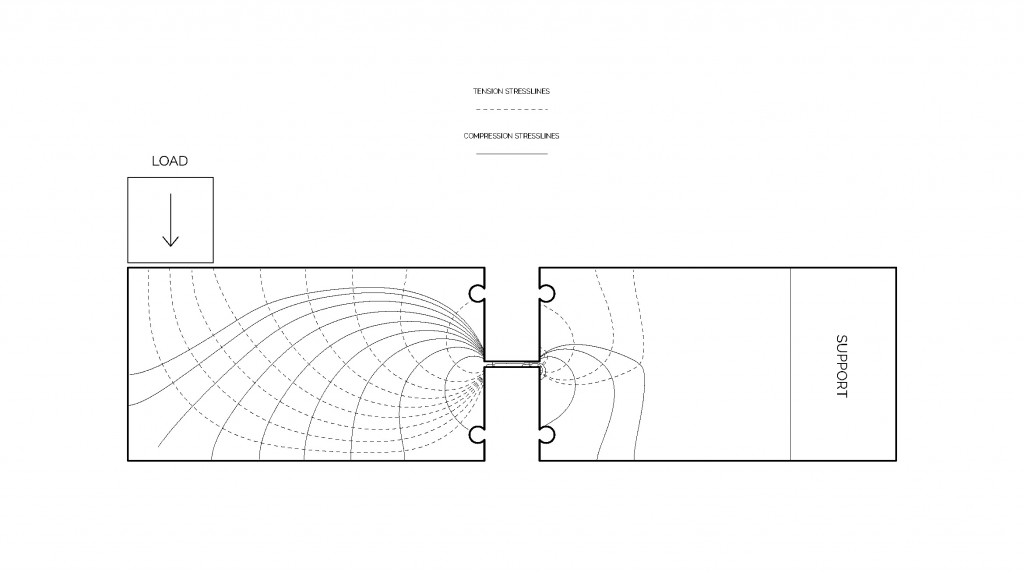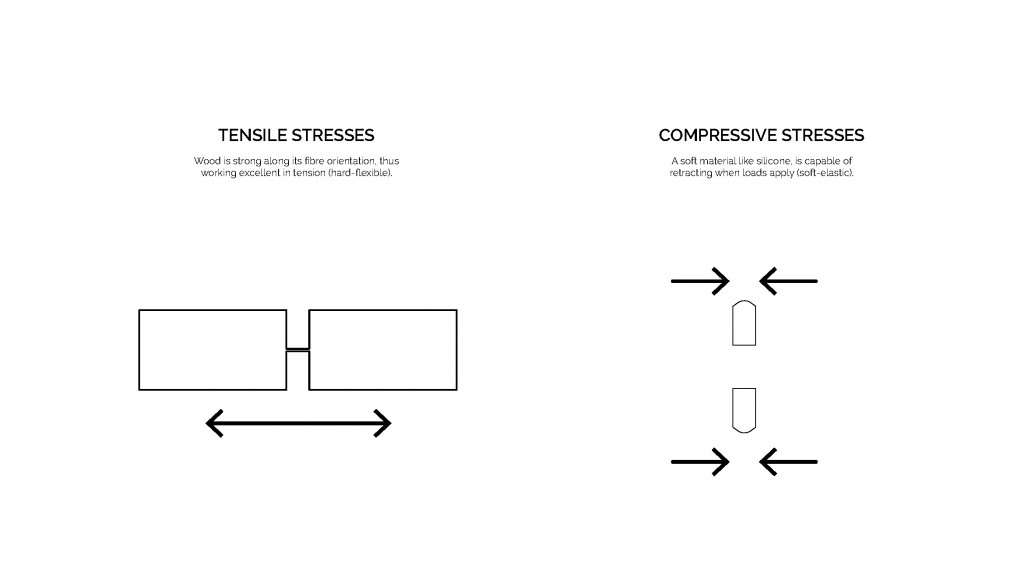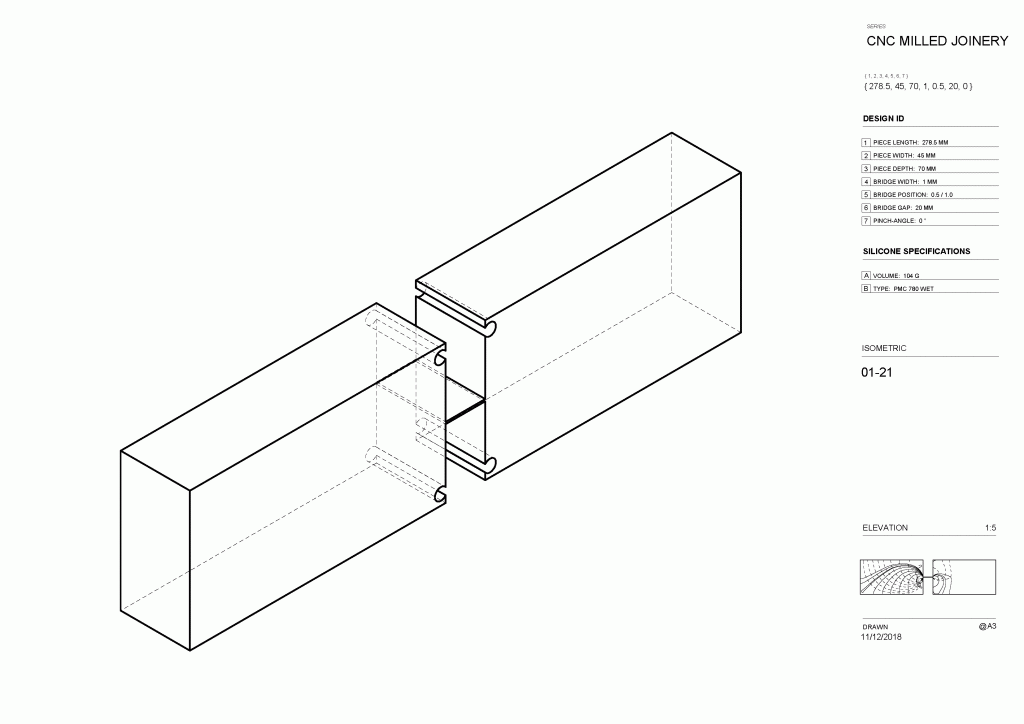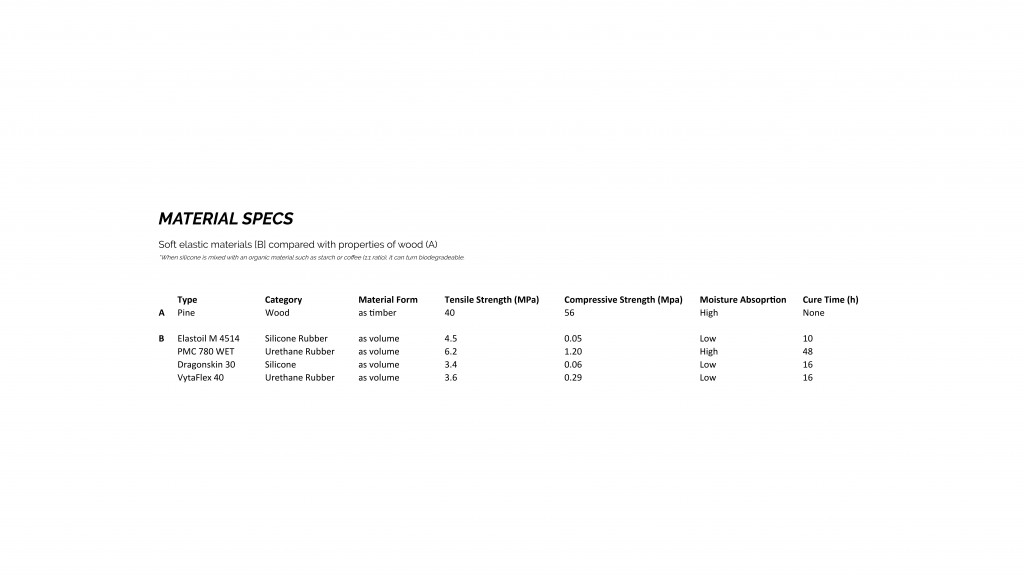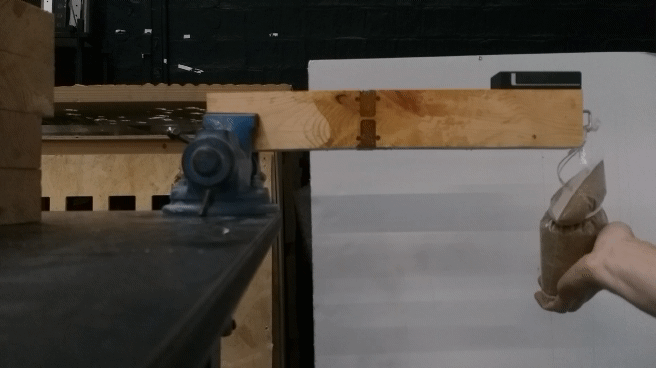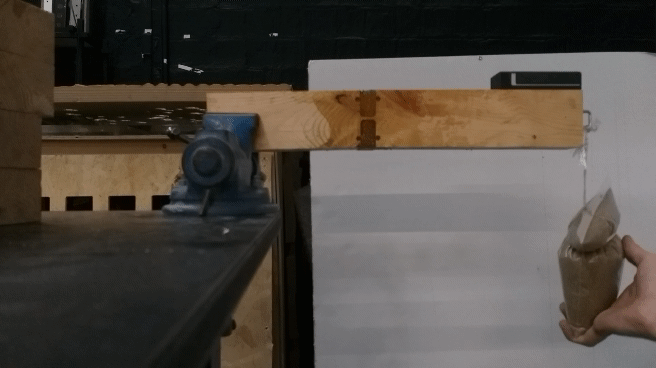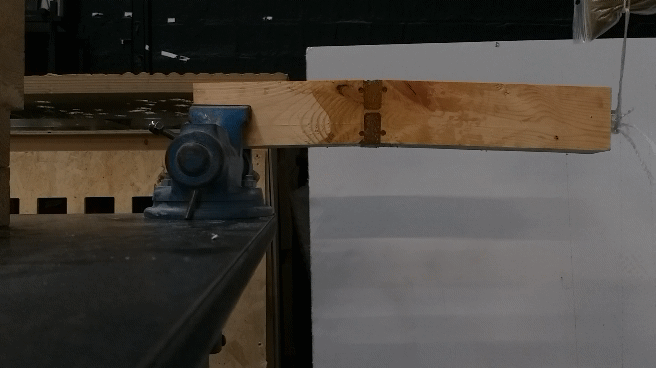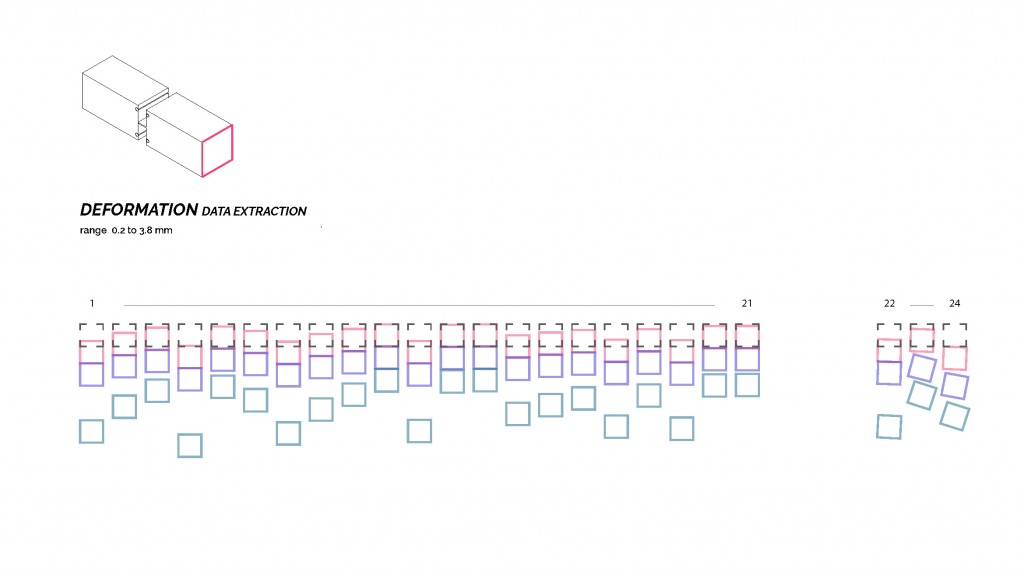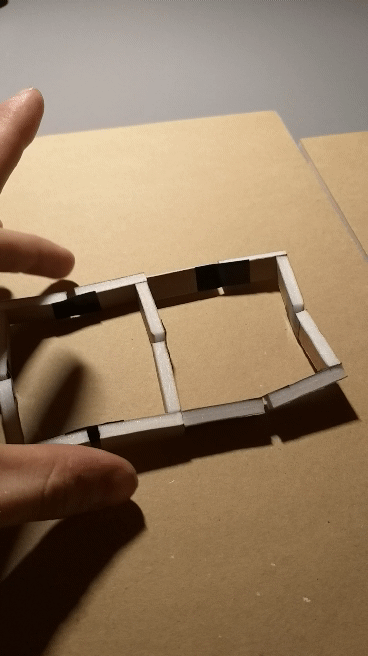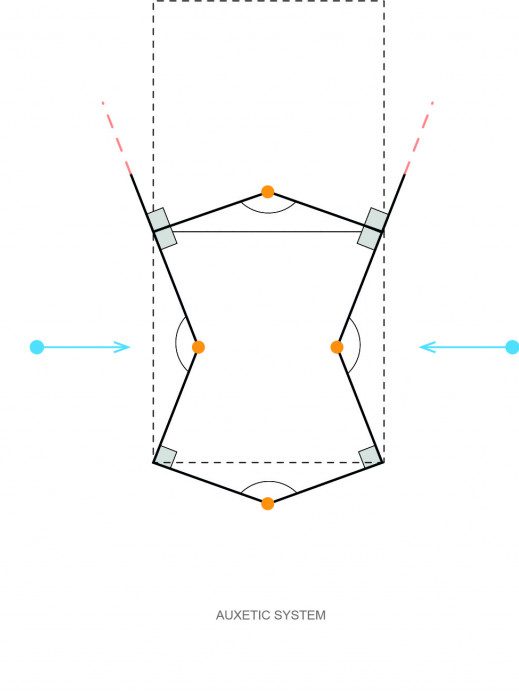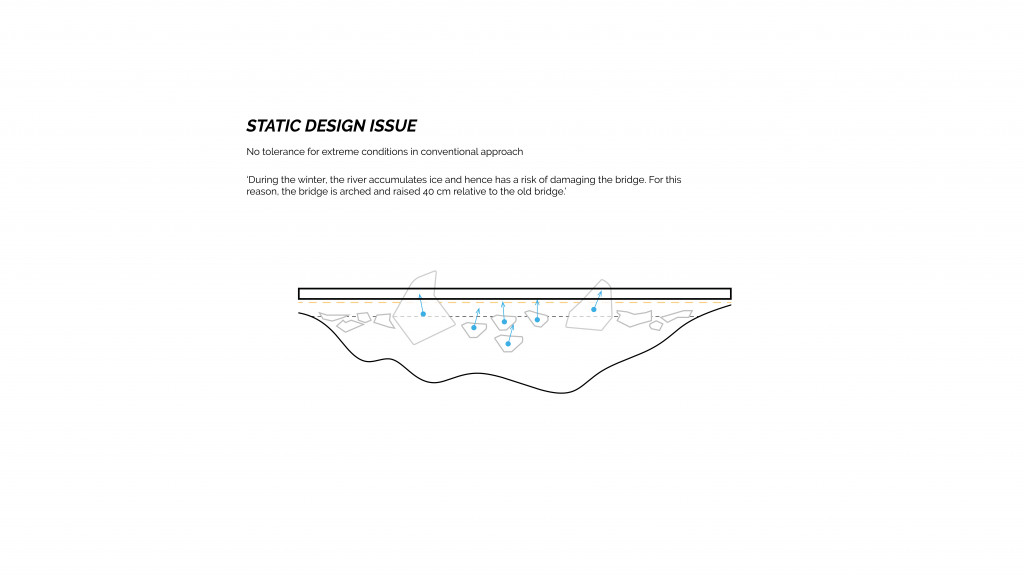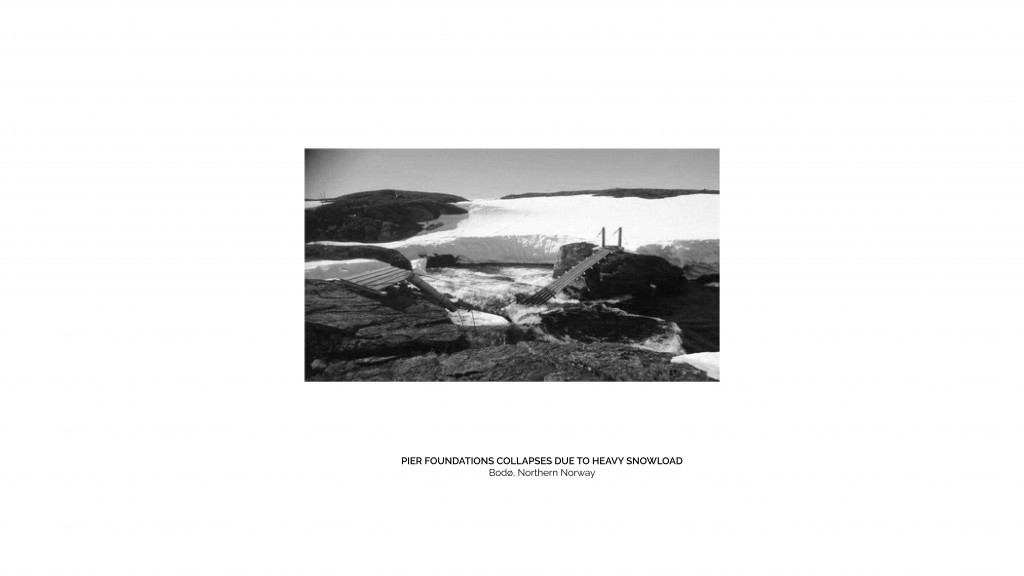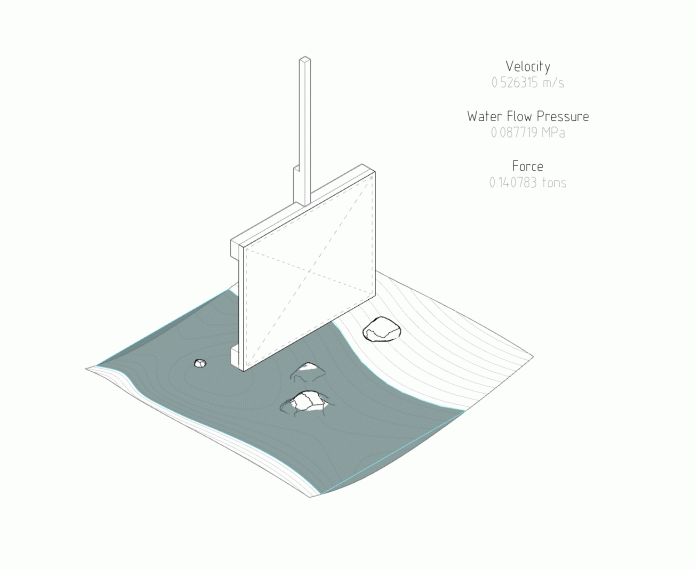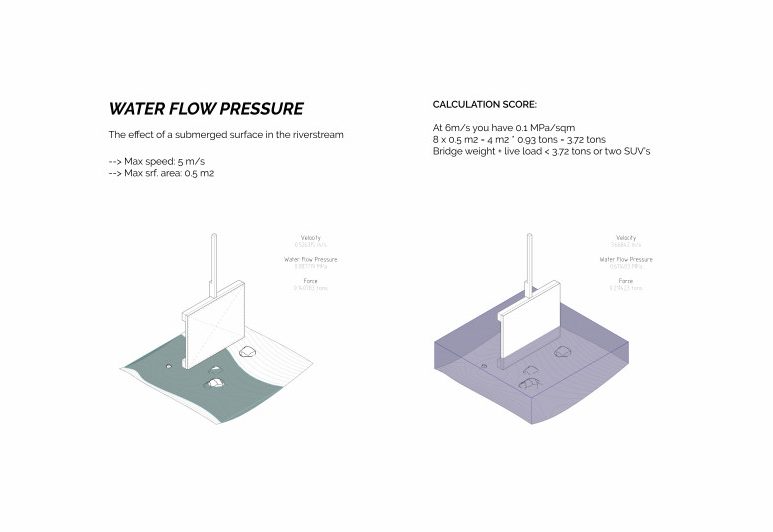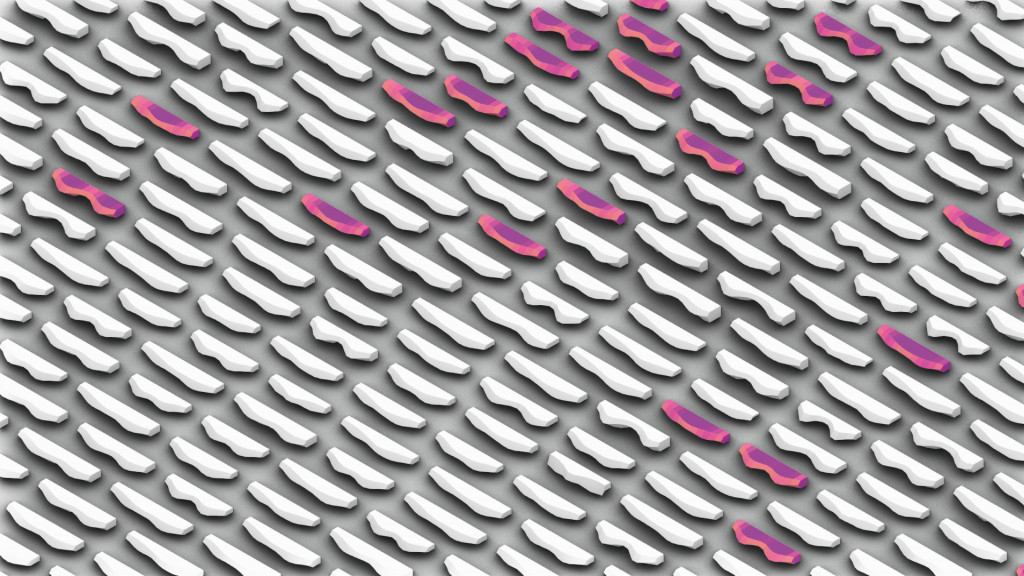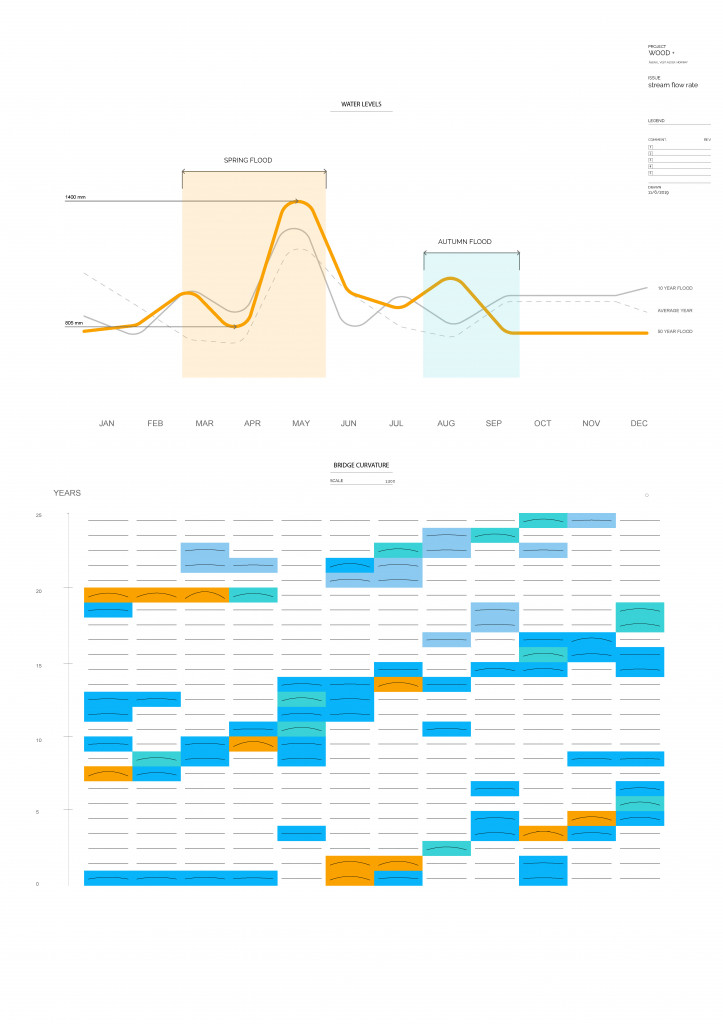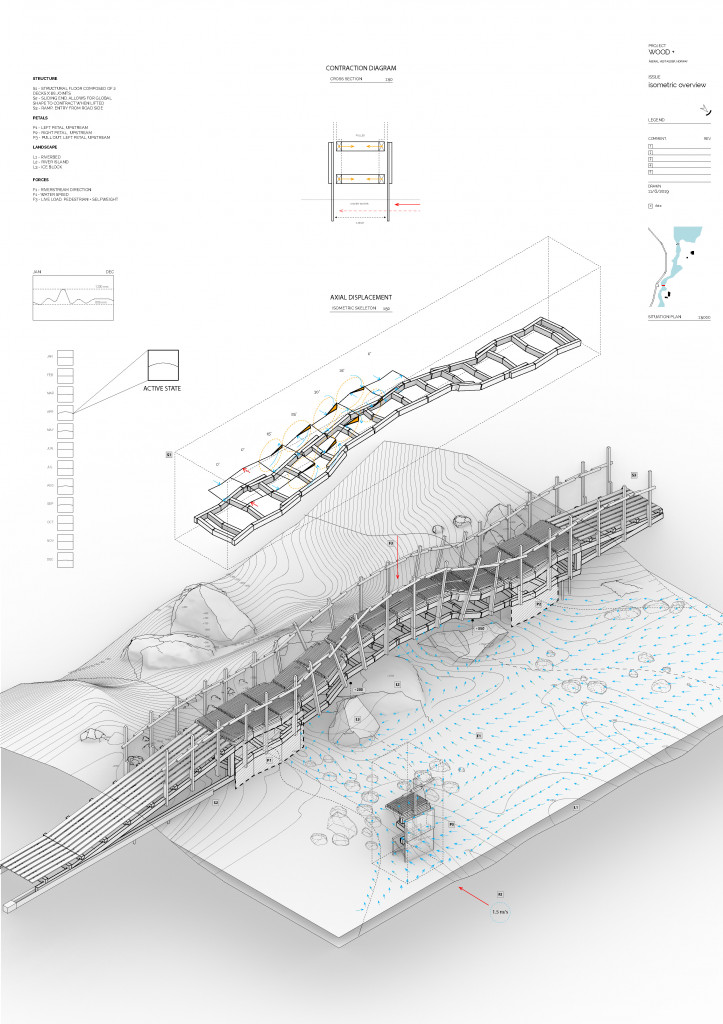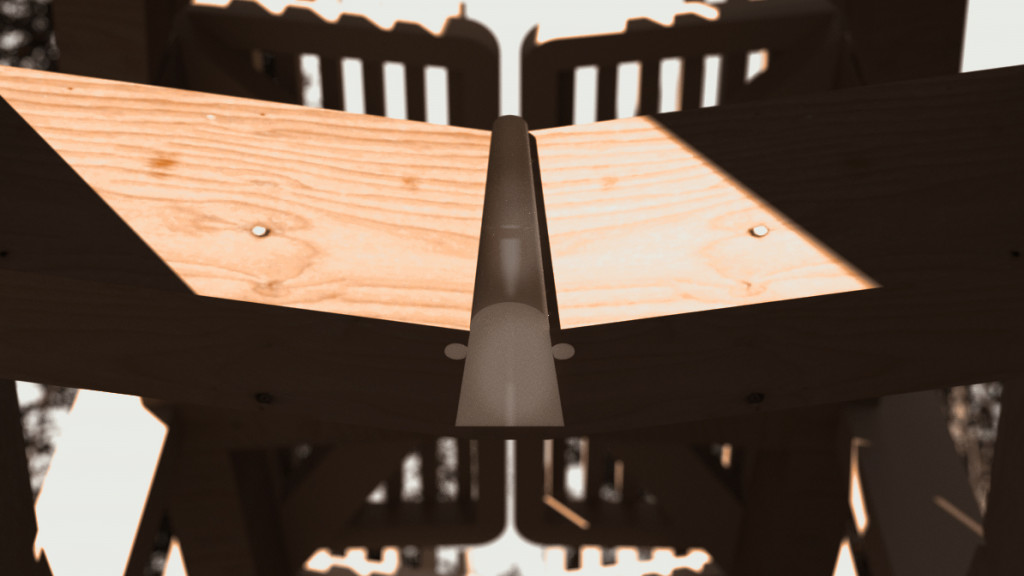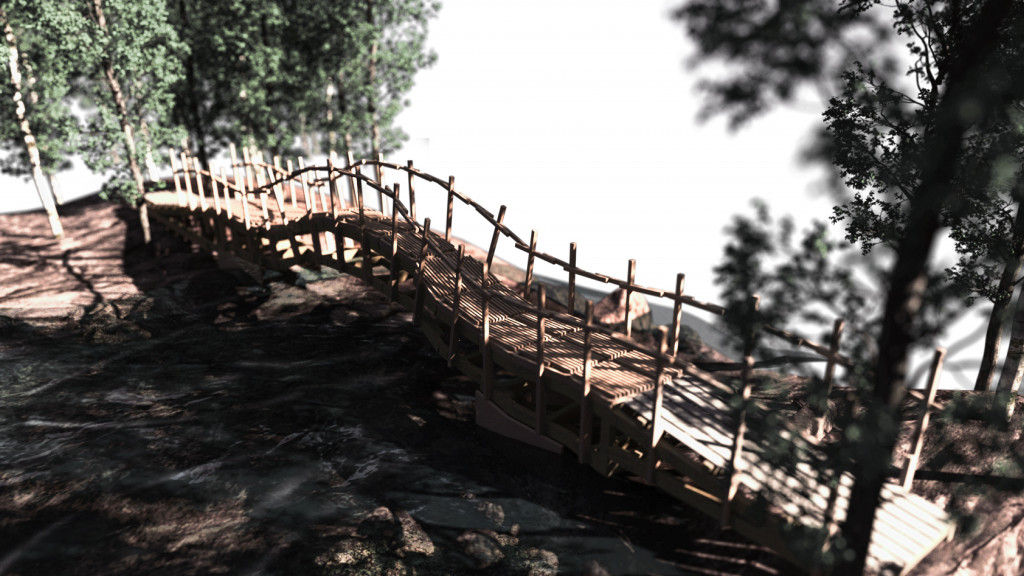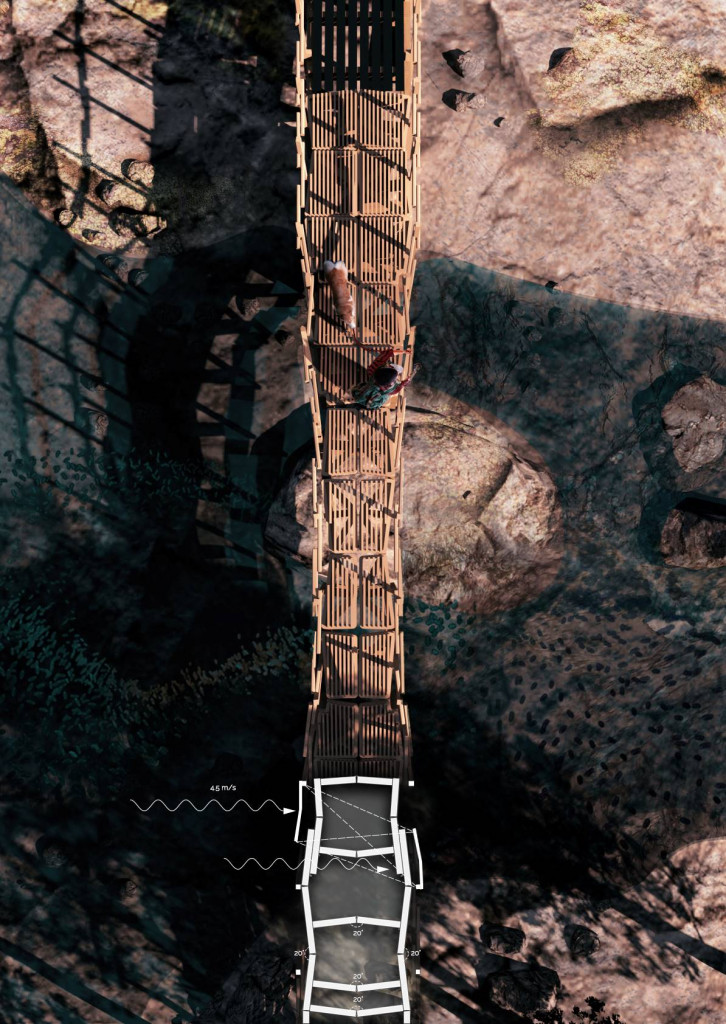Wood +
Chapters:
1: Joint Research
2: Joint System
3: Climatic Forces
4: Case Project: Footbridge
1: Joint Research: How to integrate wood with a soft material in order to augment its structural performance?
State of the Art & Scientific Interest
/On construction
Todays architectural practice is challenged by new technologies and population growth. Our cities have become place and process for complex scenarios of contemporary urbanization (Ibañez, 2018). This facilitates densely intertwined urban fabric, stitched together by materials favoured by urgency, readiness and deployability, causing high impact on land and resources. As cities are growing, the need for a circular sustainable model in construction industry could not be rushed more.
/Wood alternative
On the other hand, wood is effortfully pushed as runner-up alternative to other heavy-duty structures.
So far it has marked its entry in construction as the only grown structure, hence accompanied with a remarkably low environmental-impact. Arguably becoming a preferred element in construction, particularly in the nordic countries, due to its availability and rooted forestry traditions. Recent projects of wood has benchmarked a 49 meter tall timber framed building enabled by CLT and glulam-members (Kleppe, 2018). Still, wood is perceived as a fragile element in construction foreshadowed by steel and concrete lobbies, hence postponing any immediate applications.
/Flexibility
The scalar properties of wood, stresses a new line of research on wood specific construction tasks.
Until now, we have seen that wood can be reinstated as a rigid and stable structure. We also know that wood is inherently flexible, having inspired glulam and similar technologies. Despite this, there has not been further effort in pairing wood with its native characteristics as tree. As tree, it is arguably isotropic due to its multi directional fibre orientation and performs well in forceful-environments. Can scale-related techniques bring forward new flexibility in wood and accelerate it as a low-impact building-block in construction?
Scales
Bending Moment
/Wood + Soft inlay
Prior to the research it is necessary to classify the different components:
A – the hard/flexible component (wood)
B – the soft/elastic component (ex. silicone)
Loading + Stresslines
Stresses
Design Parameters (3 design dimensions)
/Static
Piece length – length of stock
Piece width – width of stock
Piece depth – depth of stock
/Varies
Bridge gap – distance to span
Bridge width – thickness of connection
Bridge position – positioning of connector
/Linking structural behavior with parameters
Feedback of numeric data (mm precision) to joint parameters.
Once all instances are linked with corresponding performance, one can begin to construct an overall composition working with the range of flexible performances available.
2: Joint System: How to make a deployable system composed of many flexible joints?
/On Auxetics
Auxetic structures as opposed to a group of simple hinge-joints work together to reach the desired
deformation goal. Using this system as a way to redirect the forces of the river into vertical displacement.
3: Climatic Forces: Dominating forces in rural Nordic context
Forces
Rural ephemeral forces are dominating and crucial for any planning of utilitarian structures built in such environments. So just how strong is the force of water, can it lift a bridge?
4: Case Project: Footbridge: How to design a footbridge that yields to these forces dynamically without
suffering from destruction?
/Typology Form-Constraints
/Deformative States Across 25 years (in accordance with flood levels)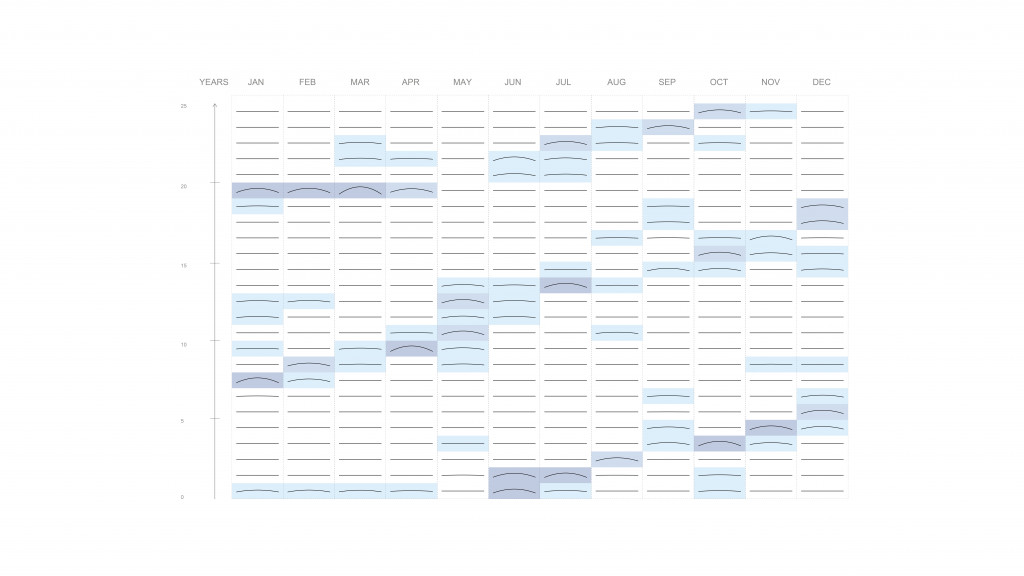
/Petal Design – Interface redirecting water force to contraction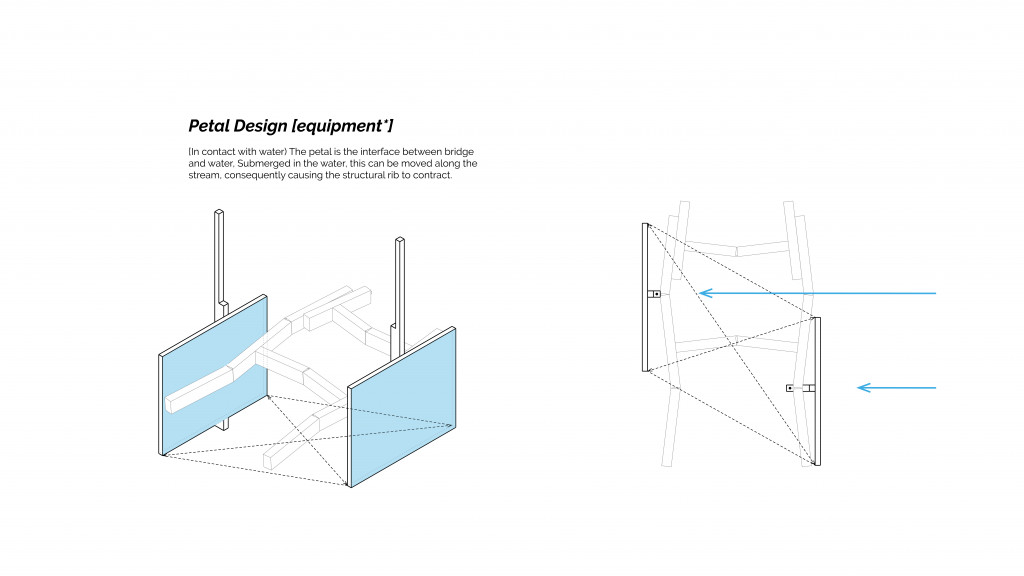
/Auxetic Spatial Layout (1 of 2 layers)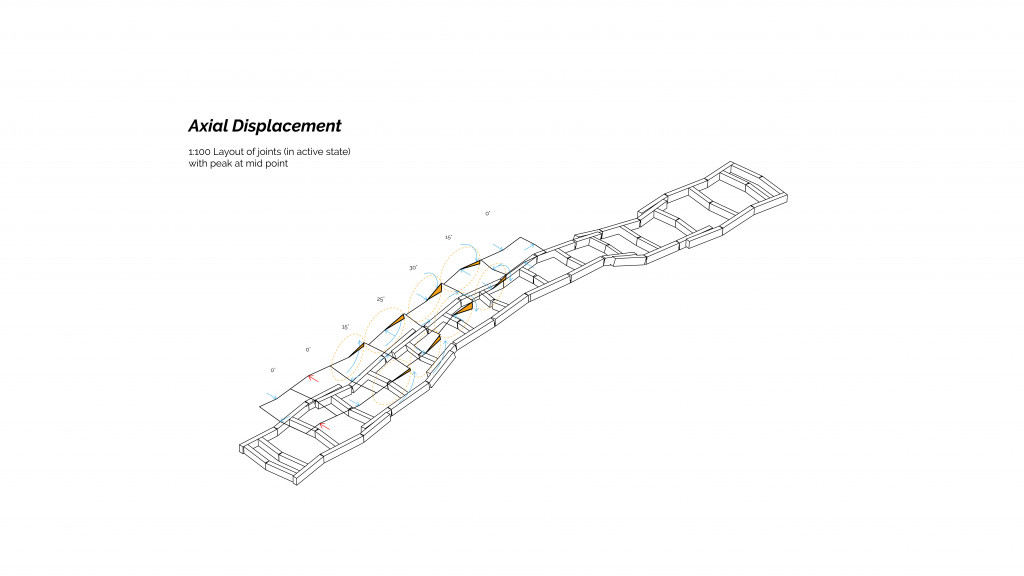
/Joint Connections (Hinge-in-Plane Orientations)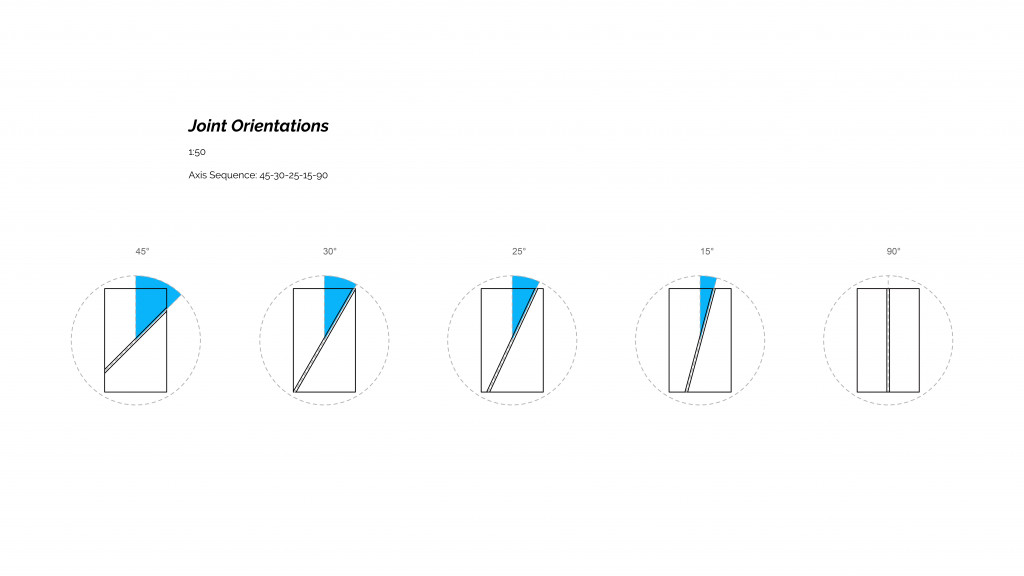
/Rendered Plan – Ice Passing through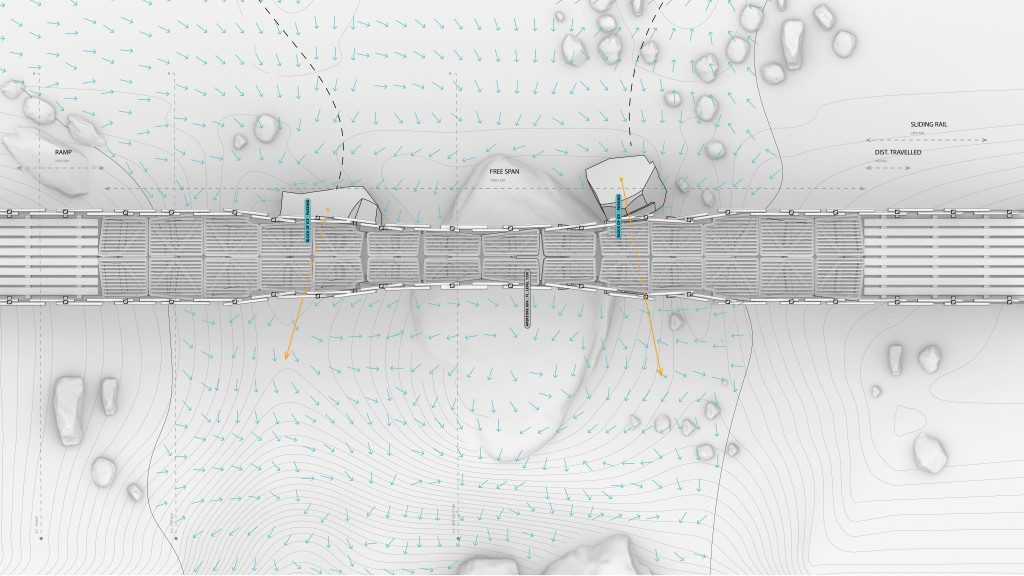
/Short Section Sequence Drawings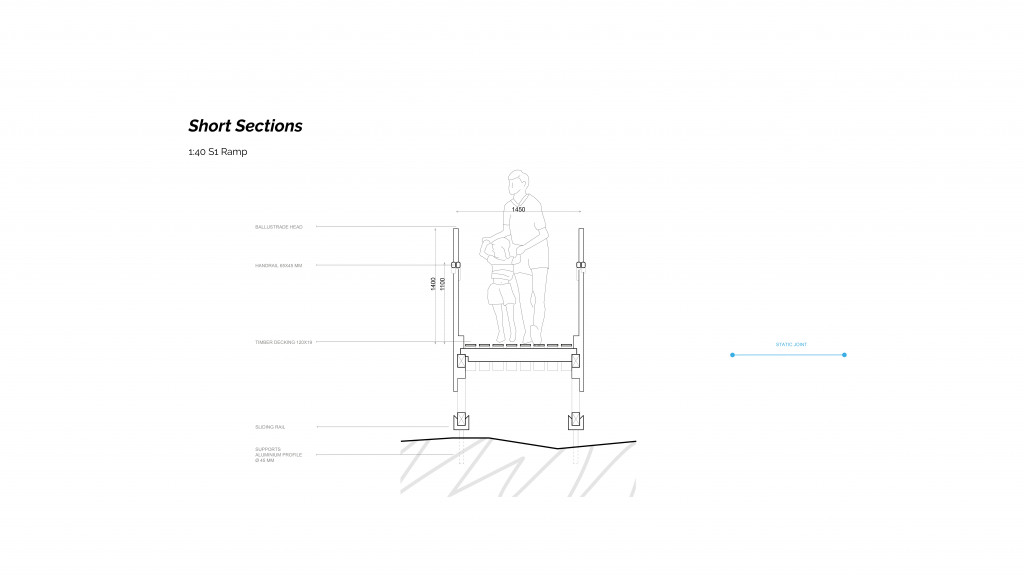
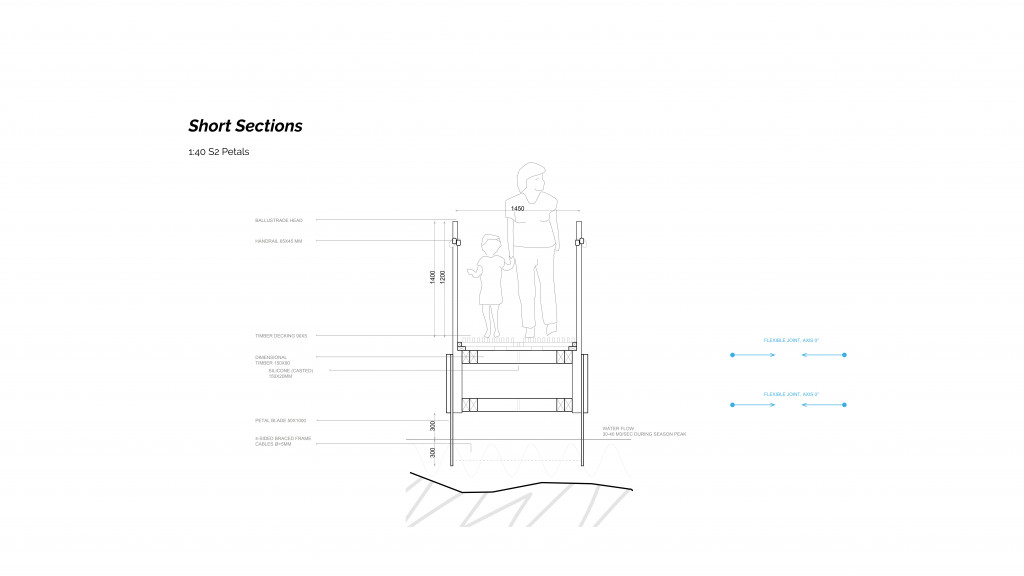
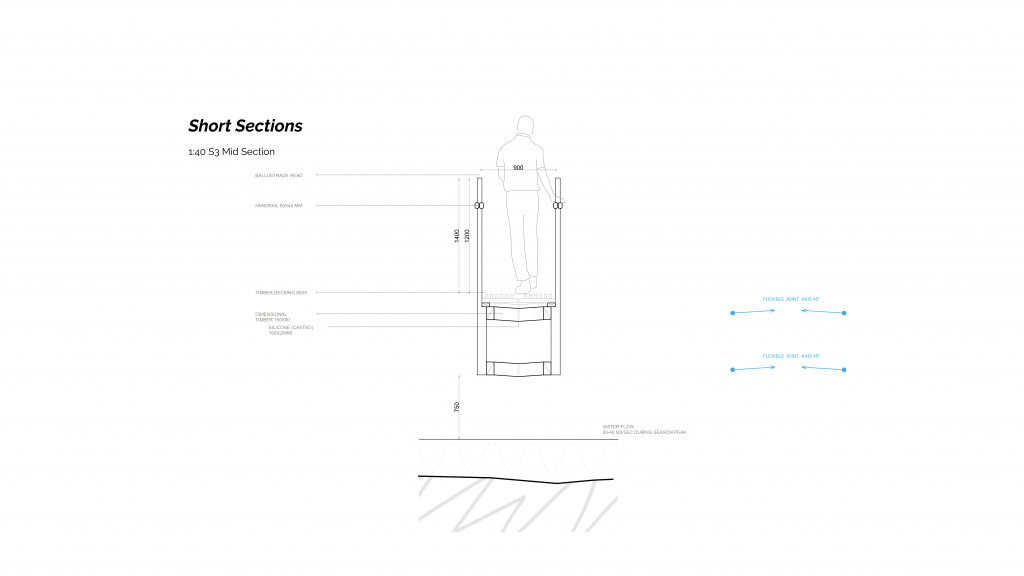
/Assembly Detailing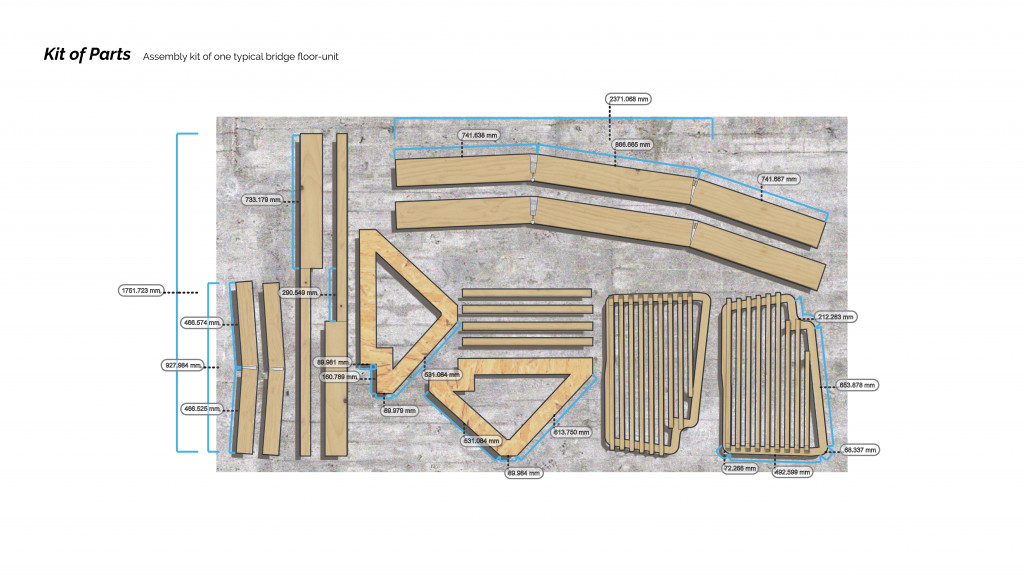
/Seasonal River Level Variables
/Rendered Images
--
Student: Lars Erik Elseth
